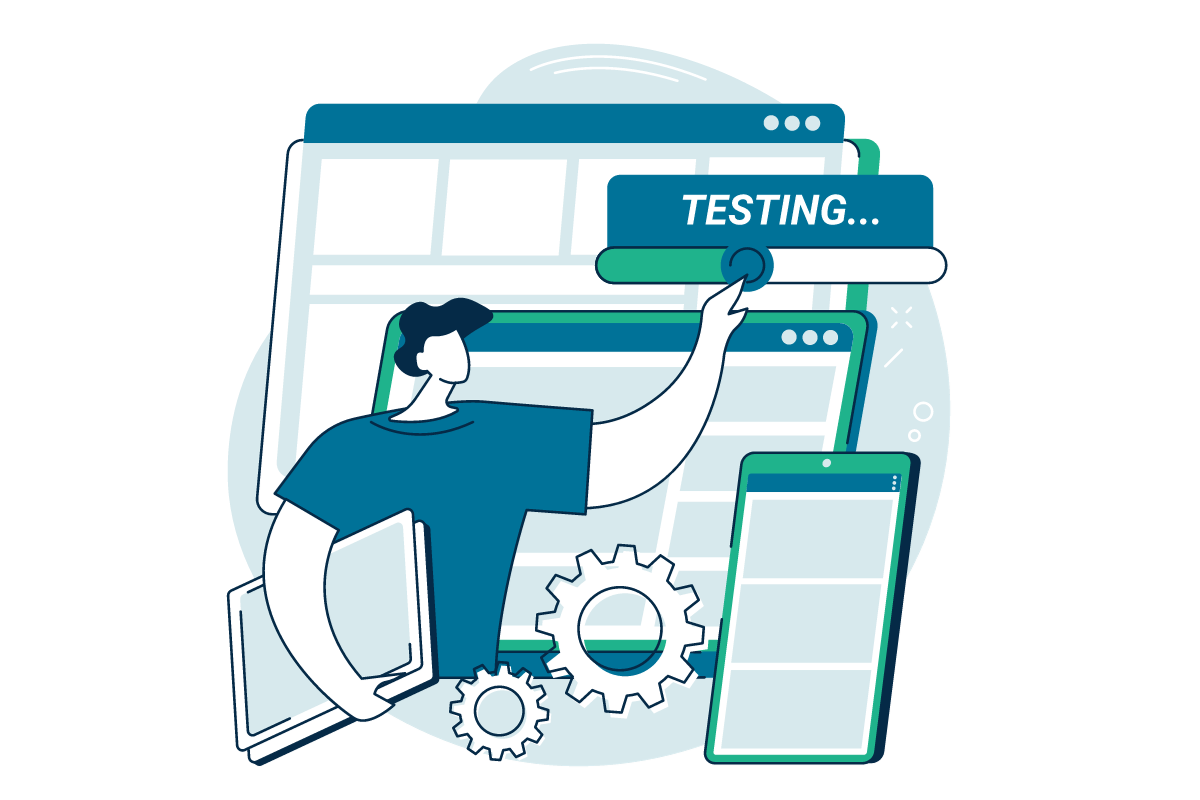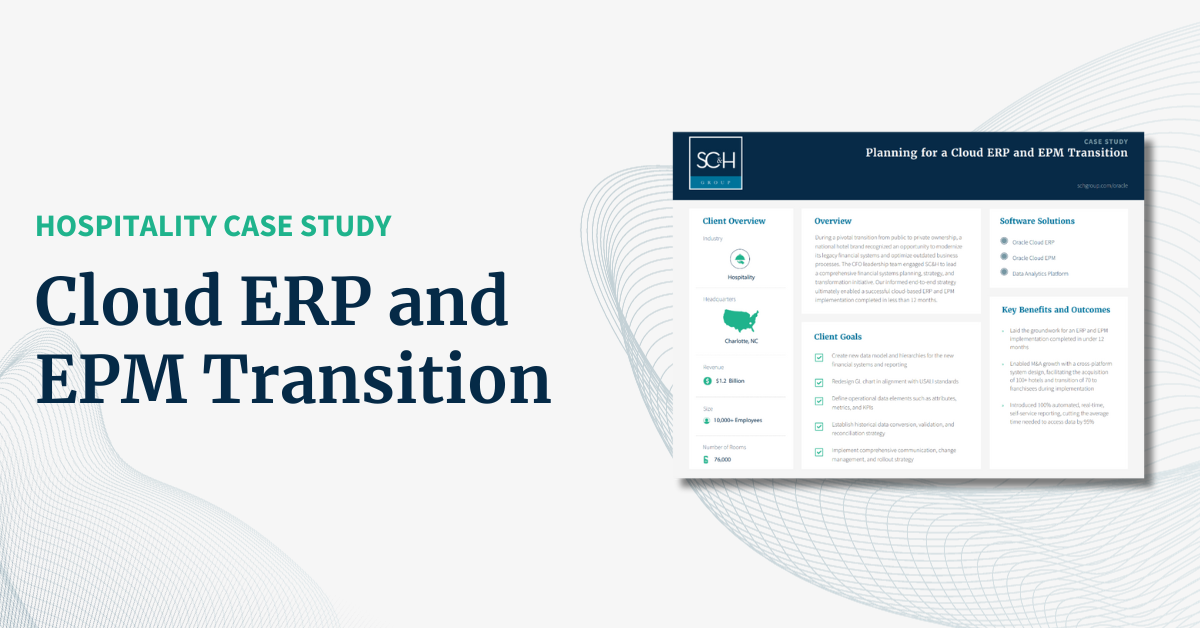Hi there, welcome to your personalized results
Cloud of Uncertainty
Our Recommendations
Assess Current State Against Strategic Plan
Start by asking yourself and your team the “why, how, and what” behind your current cloud transition plan. Why did you decide to implement a phased approach? What business and/or technical functionality are you currently missing? And how does your current state align with your financial systems and long-term strategic goals?
Answer these questions honestly and use those insights to identify what changes you need to make to your transition plan.

.png)
Redefine the Transition Plan
Collaborate with your project team to reassess the transition plan based on your new insights and establish a roadmap for what’s next. Prioritize addressing the most critical issues first, creating clear milestones, and identifying key functionalities to regain momentum and build confidence.
Test Functionality with a Pilot Program
Use your new roadmap to build a pilot ERP that will help your team test new modules and functionalities to determine which components are necessary for your unique needs, and prioritize next steps for cloud deployment.

.png)
Cultivate Continuous Learning and Enhancement
To optimize your selected cloud ERP software, start by researching the system's latest enhancements, features, and functionalities. Establish a continuous education program to maximize system usage and foster ongoing user collaboration.
Transition Seamlessly with a Cloud Implementation Partner
Case Studies and Success Stories
.png)
Transitioning to Oracle ERP Cloud: Urgency, Importance, and How to Start Now

How A Restaurant Brand Seamlessly Transitioned to the Cloud in Under 12 Months
.png)
